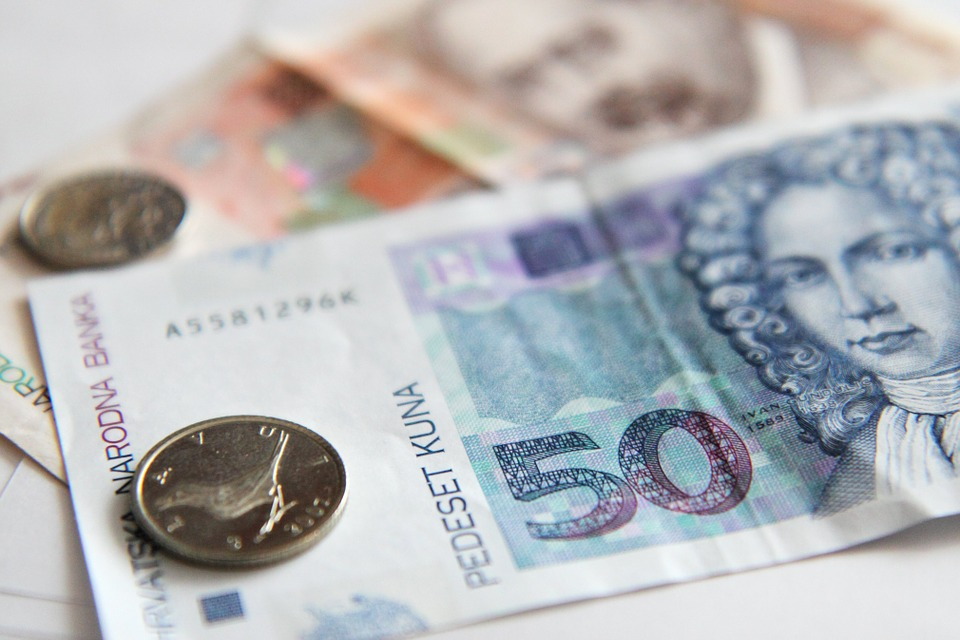As Novac/Jutarnji/Gojko Drljaca writes, the Central Bureau of Statistics (CBS) finally released Croatian inflation data for the month of January 2022 on Thursday, which went unnoticed due to the horrendous and unjustified Russian attack on Ukraine, although prices did continue to rise significantly. In January 2022, prices were 5.7 percent higher than in the same month back in 2021.
However, despite the somewhat longer wait for Croatian inflation data compared to more advanced countries, new CBS statistics confirmed what we already suspected in January: the key cause of rising prices across Croatia is now not only the sky high global energy prices but also transport prices (growth in January +10.8 percent), food and non-alcoholic beverages (+9.4 percent), alcoholic beverages and tobacco (+6.2 percent), furniture, household equipment and household maintenance costs (+5.0 percent) and at restaurants and hotels (+ 4.7 percent).
Of particular concern is the data on rising food and non-alcoholic beverage prices and transport, as these are costs that the poorest of the country’s families and households cannot avoid at all. The same is a growing concern in regard to housing, water and electricity costs, which rose by a significant 2.7 percent in January alone. It is now obvious that an inflationary spiral is being created here in Croatia, as it is in other European Union (EU) member states.
On a monthly basis, the highest growth of 2.9 percent was recorded in food and non-alcoholic beverages. The only significant drop in prices as Croatian inflation causes more and more worry was recorded in the group of clothing and footwear (-12.9 percent), which indicates possible problems being experienced by that business. Namely, it seems that some consumers with lower purchasing power must already be planning to give up.
Although the data being released by official bodies on Croatian inflation is beginning to sound a bit dramatic, the Croatian economy is still right in the middle of the EU inflation average, which offers a certain degree of comfort. In January in the EU, the highest inflation was recorded in the Czech Republic (+8.8 percent), Estonia (+11 percent) and Lithuania (+12.3 percent). The most stable prices could be found in Sweden (+3.9 percent), Portugal (+3.4 percent) and France (+3.3 percent).
Given that the Republic of Croatia is one of the poorest member states of the EU, even average European Union inflation will be a significantly bigger economic and social problem for it, because both theoretical and empirical price increases hit the poorest the hardest. Of particular concern is the fact that the war in Ukraine will certainly have a pro-inflationary effect across all EU member states.
Eurostat officially released Croatian inflation data on February the 17th, with projections released in the first week of February. It is unclear whether, after entering the Eurozone, the CBS will adjust to the speed of other statistical institutions across the European Union.
For more, check out our lifestyle section.








